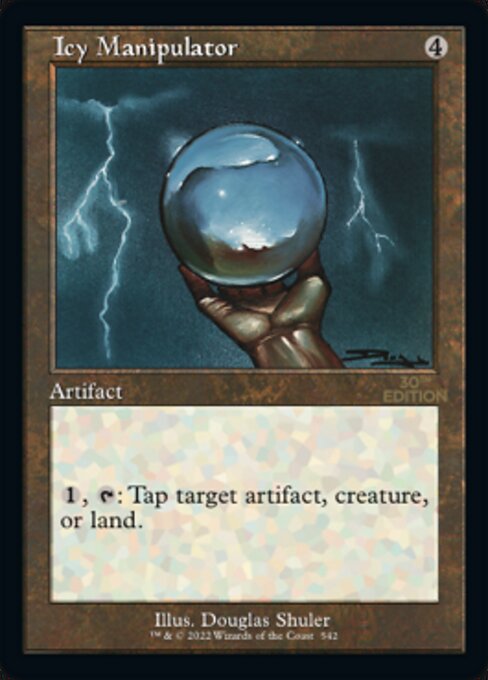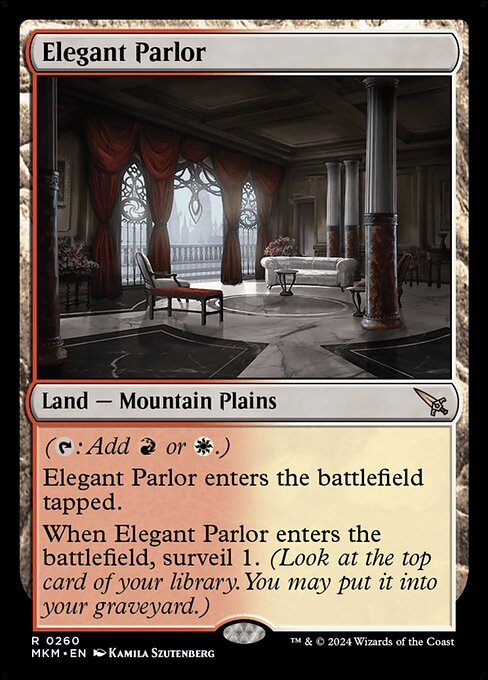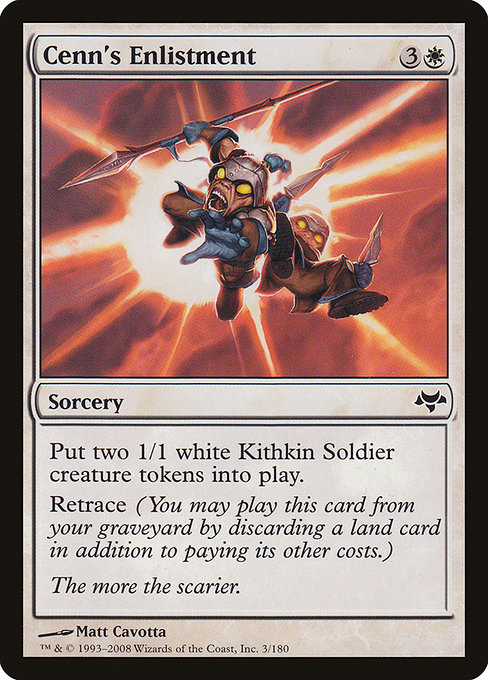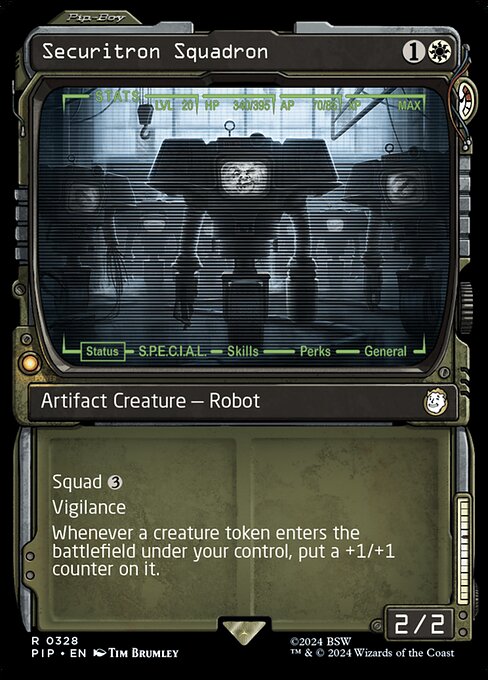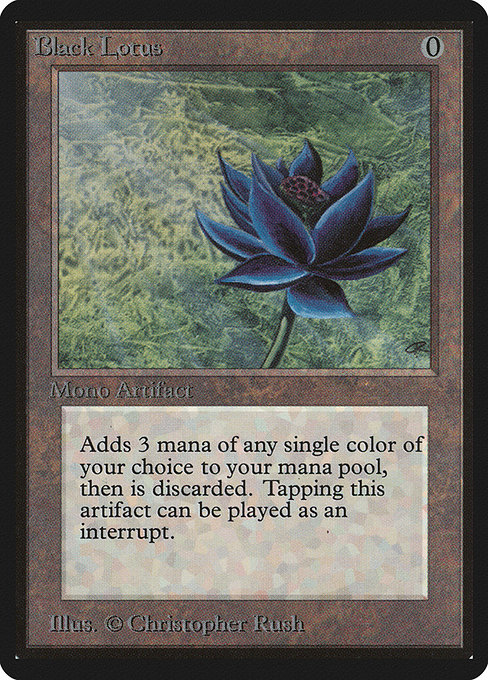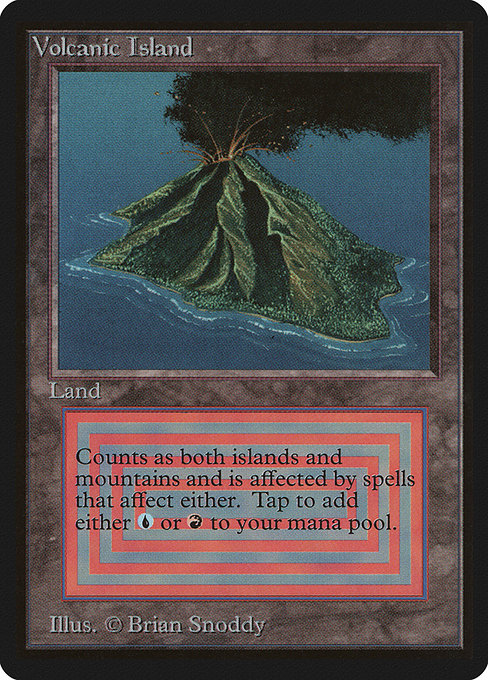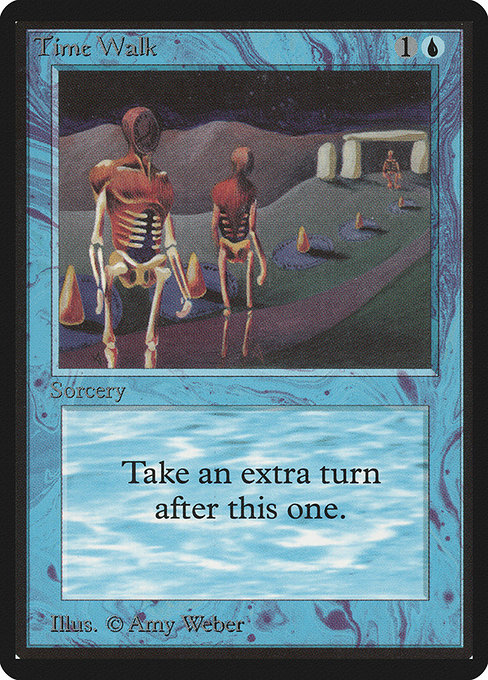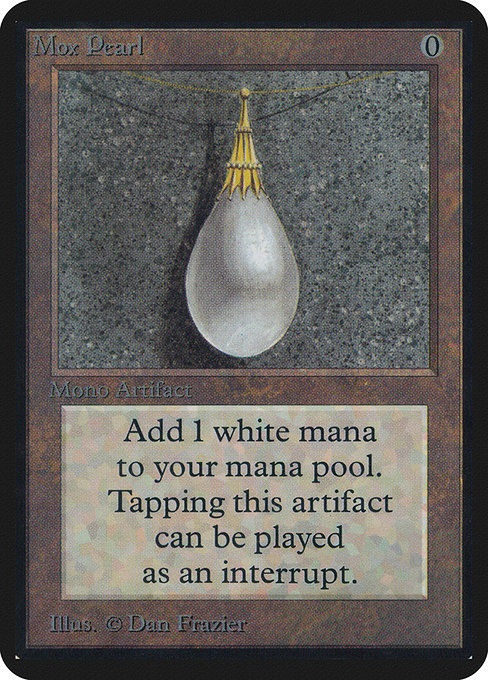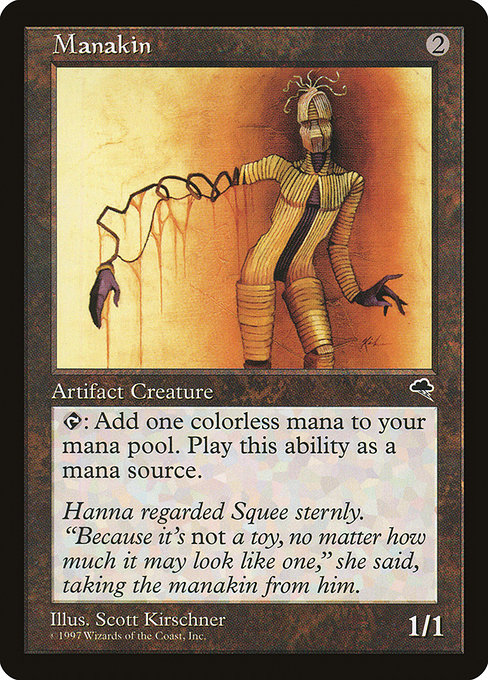
Manakin

Recent Analyses
Full Analysis
Generated on 2025-06-29T19:30:09.795913The Manakin: A Flexible and Powerful Artifact Creature
The Manakin is a 1/1 artifact creature that generates one mana of any single color for you when you tap it. While it may not be extremely powerful on its own, its ability can be crucial in certain decks and combinations.
Detailed Card Mechanics and Interactions
The Manakin has an activation cost of 0 mana, allowing it to generate a specific amount of mana whenever tapped by the player it belongs to. This is achieved through its built-in mana-generating ability, which states that 'T: Add {C}.'. The 'C' denotes the color mana being generated, and the fact that there's no specific limit on how many times this can be activated makes the Manakin quite flexible in terms of color choices.
One key interaction to consider is the effect of adding a new mana type when tapping the Manakin. While this doesn't generate additional power or toughness, it does allow you to produce more colored mana than you would have otherwise. This impact becomes even greater if used in conjunction with cards that can utilize such added mana for abilities.
Another important interaction with the Manakin is how its power and toughness scale when tapped. Although an artifact creature's power/toughness doesn't increase, the fact that tapping allows it to generate color means the potential benefits of using these abilities become significantly amplified.
Strategic Uses, Combos, and Synergies
The Manakin can be a valuable addition to many different deck archetypes, depending on how you choose to use its mana-generating ability. Here are some key strategic uses:
- Mana acceleration: By producing an additional color of mana when tapped, the Manakin is well-suited for accelerating the development of certain cards in your hand.
- Color fixing: This allows players to stabilize their colors and gain control over their board state, especially when paired with cards that can utilize the additional mana produced by the Manakin.
While it may not be a centerpiece card on its own, pairing the Manakin with other artifact or permanents that create strong synergies can yield very powerful results. Combining with cards like Wrenn and Six gives you access to a larger array of spells through your tapped mana.
Deckbuilding Roles and Archetypes
The versatility of the Manakin makes it suitable for inclusion in multiple deck types:
- Aggro decks: For aggressive players looking to accelerate their early game development.
- Midrange and control: These strategies value sustained card advantage, making color fixing and additional mana generation crucial.
- Artifact-heavy decks: As a fundamental artifact generating ability, the Manakin can serve as an anchor.
Borrowing from other archetype examples, in a deck that runs artifact removal spells like Remand, using the Manakin would ensure the removal of problematic permanents before they could become too powerful on the board. Conversely, when paired with cards capable of protecting artifacts like Consecrated Sphinx, tapping the Manakin could safeguard these threats from removal.
Format Viability and Competitive Context
In competitive Magic: The Gathering formats, especially those that prioritize card advantage and sustained performance, the Manakin can prove valuable as a tool for generating additional mana. In more aggressive formats where tempo is the key, however, its utility may be less apparent.
The viability of the Manakin can vary greatly depending on your deck's overall strategy. While not extremely powerful in isolation, it can form strong core elements when incorporated into the right strategy.
Rules Interactions and Technical Notes
A few technical points to consider with the Manakin:
- Tapping costs: Since there is no specific tapping cost listed for the Manakin, its mana generation ability remains active even if tapped by players who do not control it.
- Mana type flexibility: As a result of its ability allowing you to produce one additional color when tapped, the potential uses of the Manakin become more diverse than might initially seem.
While not particularly complex from a rules standpoint, understanding these nuances can help guide deck-building decisions and resource optimization.
Art, Flavor, and Historical Context
The artwork for the Manakin features an intricate mechanical aesthetic that reflects its role in providing a straightforward form of mana acceleration. This makes it easy to imagine this card appearing as part of a well-structured artifact-heavy build on your favorite deck's table.
The flavor text reads: 'For every step of the way, there's still one more step to take.' While not directly referencing its specific function, it captures the core idea that progression and improvement are always possible, even in the face of adversity or uncertainty.
In terms of historical context, the Manakin was first printed in the 1996 set of Urza's Saga, marking the beginning of the Modern format. Its continued viability speaks to its timeless utility as a card that enables card advantage through color fixing and additional mana generation.
Summary of Key Points
- Mana Generation: Allows producing an additional color when tapped.
- Flexibility: Offers diverse potential uses, depending on deck strategy.
- Pairing with Other Cards: Enhances their effectiveness through added mana.
- Aggro/Control Synergy: Supports both by providing card advantage.
- Artifact Removal Protection: Can safeguard artifact-heavy boards.
Overall, the inclusion of the Manakin in your deck will largely depend on your strategic goals and preferences.
